Context / Example
I am working with some datasets that have incrementing numbers¹. For example, I mean where the cost of an upgrade gets more and more expensive for each level you go up.
| Level | Cost |
|---|---|
| 4 | 550 |
| 5 | 650 |
| 6 | 750 |
| 7 | 850 |
| 8 | 950 |
| 9 | 1050 |
We can describe the cost formula for a single upgrade as Cost = 150 + ([Level] * 100), however I am struggling a bit when trying to work out values over ranges (i.e. summing the cumulative cost of multiple upgrades)...
1️⃣ Summing Cost
| Input/Output | Value |
|---|---|
| Current Level: | 4 |
| Desired Level: | 7 |
| TOTAL COST: | ??? |
How do I work out the total cost of doing multiple upgrades -- e.g. in this case, going from level 4 to 7 would cost a total of 550 + 650 + 750 = 1950
Please can you provide the Excel formula for this type of calculation
2️⃣ Finding a value
| Input/Output | Value |
|---|---|
| Current Level: | 4 |
| Units Available: | 1,500 |
| NUM UPGRADES: | ??? |
| NEEDED FOR NEXT LEVEL: | ??? |
Another thing I have been asked to work out is essentially the inverse... i.e. given a starting point/level, at what point does the cumulative cost exceed the number of units available.
In this case, Num upgrades = 2 | 1500 > 1200 (550 + 650)
and Needed for next level = 450 | 750 - (1500 - 1200)
Please can you provide the Excel formulas for these two types of calculations
¹ If there is a better term for 'incrementing numbers' please let me know and am happy to revise the question.
LAMBDA TAG: I believe this may involve the lambda function, so have added that tag to this post. If this is not right, please let me know and I can remove the tag.

